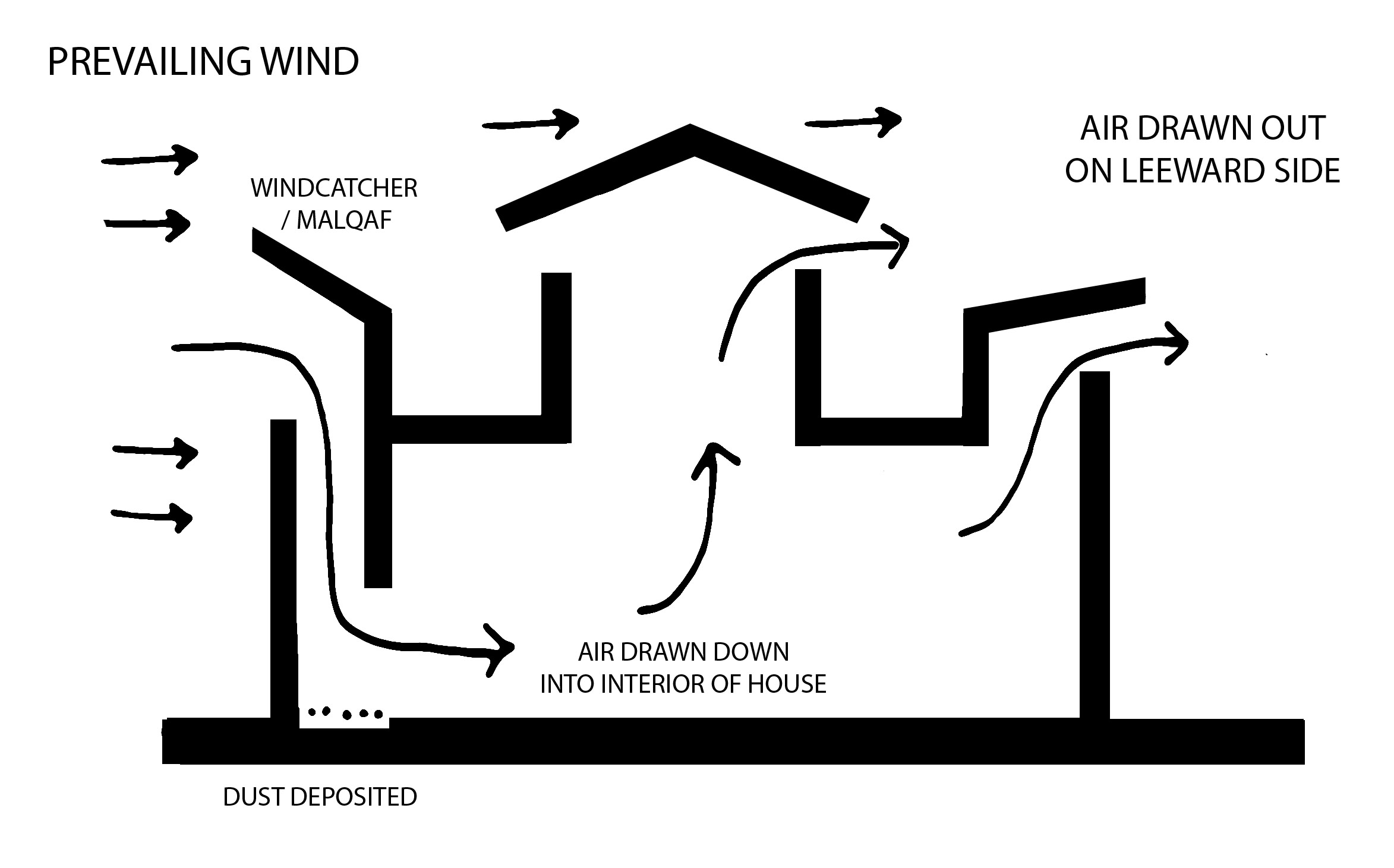Tehran, YJC. Yazd is a city in central Iran known as the Town of Windcatchers for its traditional specific air conditioning systems.

Located by the deserts of central Iran, Yazd has a hot
climate. The people of modern Yazd may enjoy latest electric air-conditioning
systems, but their ancestors were genius enough to think out something that
provided them nonetheless with fresh, cool air long before electricity was
created.
The basics of the windcatcher are simple as its name. The
system is designed to catch the wind and turn it into a cooling facility for
buildings.

The exterior structure of a windcatcher, and what it is most
known by, is a rectangular tower with a large, usually barred opening. This is
where wind is caught and led into a space for cooling.
Windcatchers tend to have one, four, or eight openings. In the city of Yazd, all windcatchers are four- or eight-sided. The construction of a windcatcher depends on the direction of airflow at that specific location: if the wind tends to blow from only one side, it is built with only one downwind opening. This is the style most commonly seen in Meybod, 50 kilometers from Yazd: the windcatchers are short and have a single opening.

Dry windcatcher
To keep buildings free of dust and sand blown in from the desert, windcatchers were built facing away from the wind.
One of the most common uses of the windcatcher is to cool the inside of the dwelling; it is often used in combination with courtyards and domes as an overall ventilation and heat-management strategy. It is essentially a tall, capped tower with one face open at the top. This open side faces the prevailing wind, thus "catching" it, and brings it down the tower into the heart of the building to maintain air flow, thus cooling the building interior. It does not necessarily cool the air itself, but rather relies on the rate of airflow to provide a cooling effect.

Qanat windcatcher




Some parts of text from Wikipedia.






